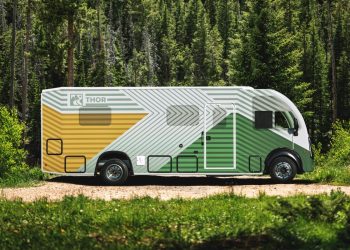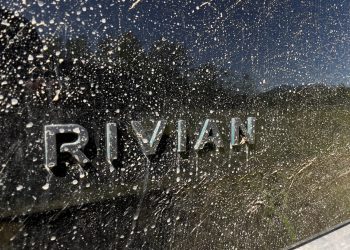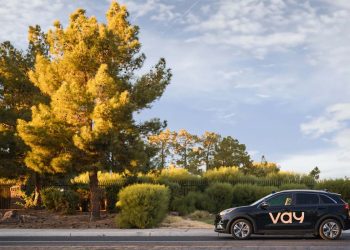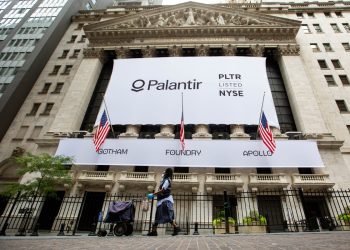a lot of red tape: insurance cards, incidentals, tolls, supercharging, invoices, reimbursements. We’ve been able to really automate all of that,” he said. Add in that EVs tend to require less maintenance — which means more uptime — and it’s easy to understand why gig workers are interested.
The result of all this is that, in the early going, Zevo is seeing a median rental of around 80 days. Hosts, meanwhile, can make back between 35% and 65% of the cost of their car in just a year, according to Sher. Since 90% of the vehicles on the platform are Teslas, that has Sher feeling pretty confident that he’s been able to find a different way to deliver on Musk’s promise from 2019.
Of course, Tesla is now finally on the precipice of launching a robotaxi service in Austin, Texas, and potentially other U.S. cities later this year. There are many unanswered questions about how that service will operate, whether Tesla’s self-driving software will perform safely, and how easy it will be for owners to put their cars on the network. But it does seem like Tesla is closer than ever to putting Musk’s vision to the test.
That doesn’t worry Sher, though. He said Zevo is laser-focused on disrupting car-sharing, and doesn’t want to mess with the ride-hailing piece that Tesla is after. He thinks Zevo can break $100 million ARR with a staff of just 30 people and minimal future investment.
Even if Tesla were able to eat into the gig economy with a fleet of robotaxis — which remains a very big if — Sher said Musk would need to find a way to make millions more cars than it already does to meet the total demand for rides and deliveries.
“There’s enough for everybody here on the table,” he said.


















